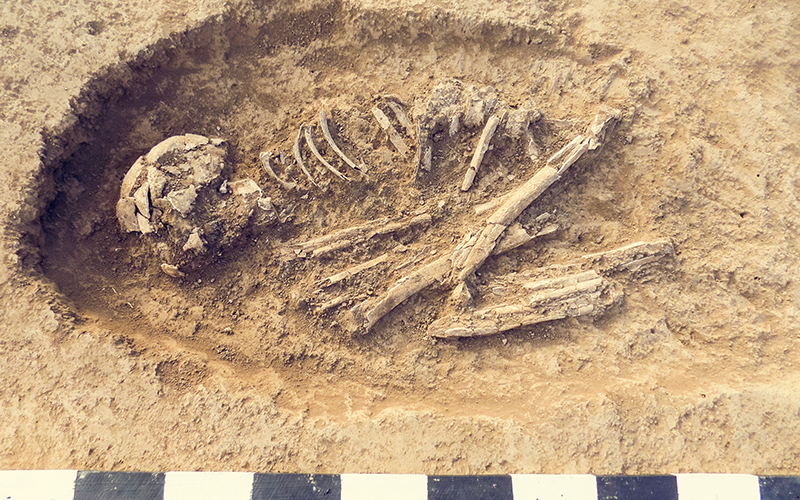It begins not with a destination, but a decision—to move. A step across a riverbed. A trek into the forest. A sail into the unknown. Since the earliest days of human history, movement has been more than just motion; it has been a search for meaning.
We have chased survival through deserts guided by stars, sought beauty in distant mountains, and crossed oceans in search of connection. Our methods have changed—from footpaths to flight paths, from compasses to apps—but the impulse has endured. We travel not just to see the world, but to grow within it.





